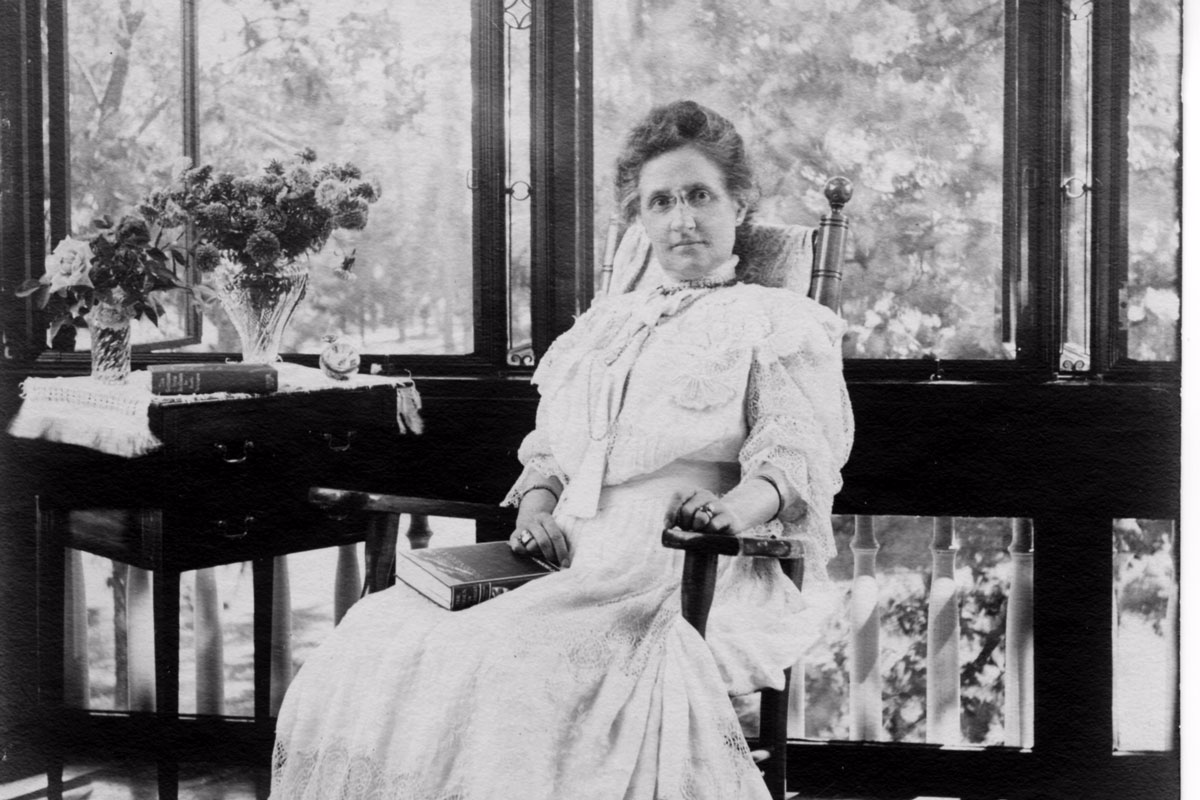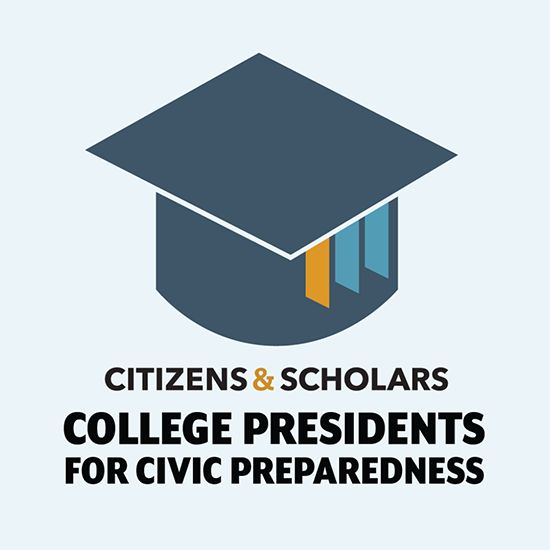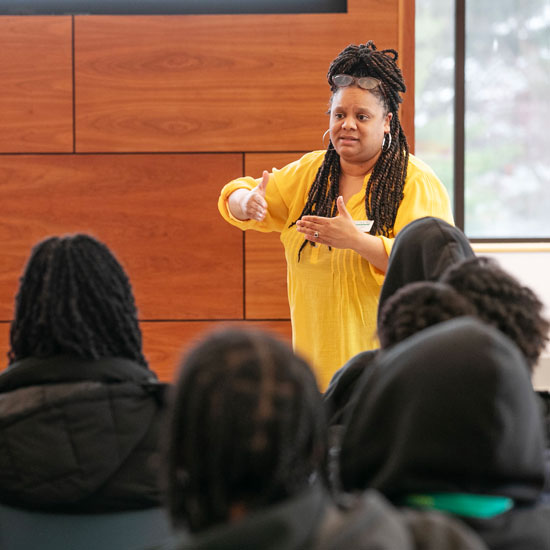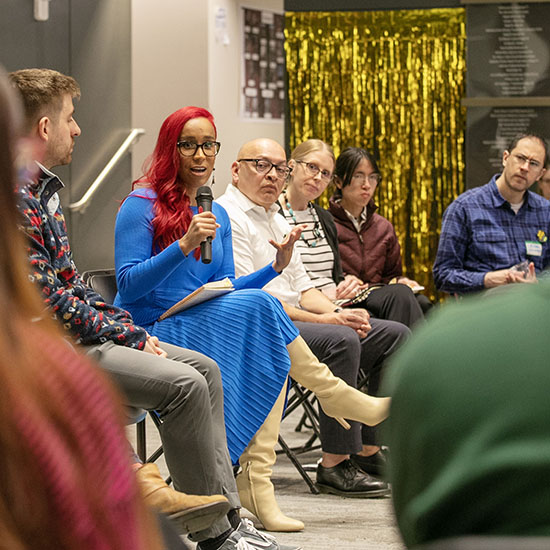Five Fun Facts about our Founder

On September 6, Skidmore College will celebrate founder Lucy Skidmore Scribner with a campuswide barbeque and festival. The welcome-back event stems from a tradition going as far back as 1916, when the College honored Lucy with a May Day festival.
Although May Day had originally been planned by the board of trustees as Founder’s Day, Lucy—ever sensitive to putting herself forward—was uncomfortable with that aspect of the celebration, which remained more or less unofficial until her death in 1931. That year, May Day truly became Founder’s Day as the focus shifted to honoring Lucy through speeches and other references. Now the celebration is held in September to mark the beginning of the school year and welcome new members to campus.
Modest, humble, hard-working, and dedicated, there are many ways to describe Lucy. Here are some fun facts about Skidmore’s founder that you might not know.
-
Her favorite color was yellow. Lucy loved sunlight and called her house on Broadway “Sunshine Cottage.” She wallpapered it in yellow and always kept the window shades up. Today, “Sunshine Cottage” is known as Scribner House and is the current residence of College President Philip A. Glotzbach and wife, Marie. Yellow is one of the school’s official colors.
-
She was tiny. Lucy measured in at 4’11’’ but didn’t let her small stature stop her from accomplishing big things. She was 50 years old when founded the Young Women’s Industrial Club in 1903, which was chartered as Skidmore College in 1922.
-
She was a feminist. Skidmore College grew out of Lucy’s desire to empower women through education, offering them richer lives and a measure of economic independence. Her intention was to summon young women to leadership “in any field which calls society women to serve, even in positions usually regarded as business.”
-
She was beloved. Lucy wasn’t an unknown figurehead to the average student. She invited students to have tea at her house and was known for sharing her breakfast of strawberries and cream. She could often be found on campus interacting and talking to students on a daily basis.
-
She was creative. Lucy believed that education should put academic theory and creative expression into practice—what she called the “mind and hand” philosophy. Skidmore’s early curriculum blended the practical, the creative, and the aesthetic. Today, “hand in mind” manifests itself in our interdisciplinary courses and experiential learning opportunities.
Listen to Wendy Anthony, Skidmore’s archivist, talk about Lucy Skidmore Scribner and the history of the College on the This is Skidmore podcast, also available on iTunes:


